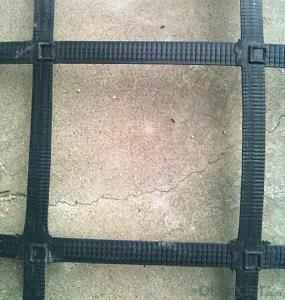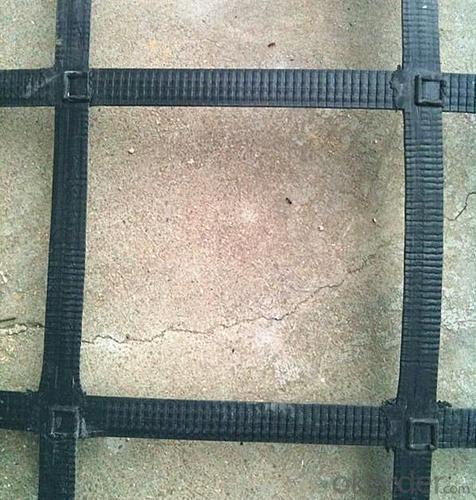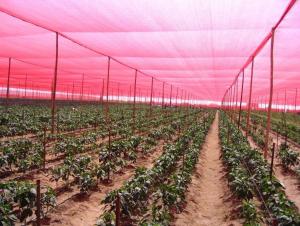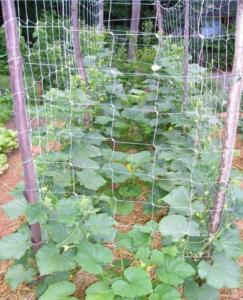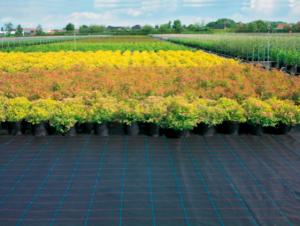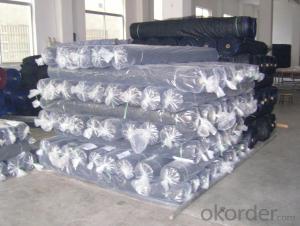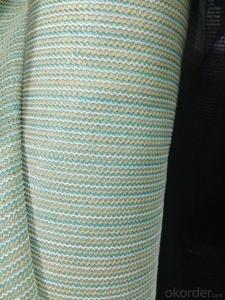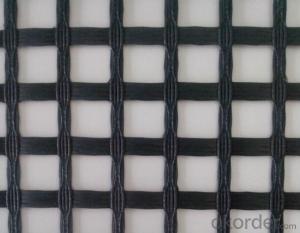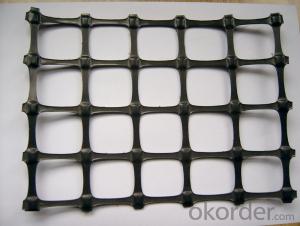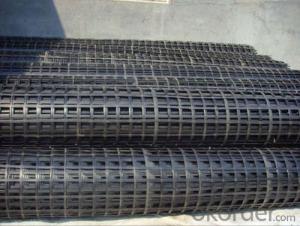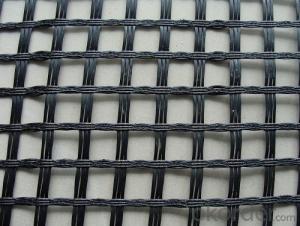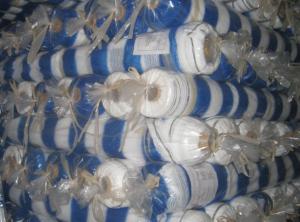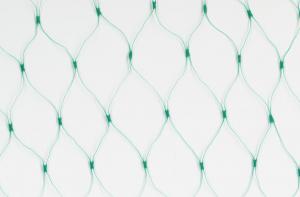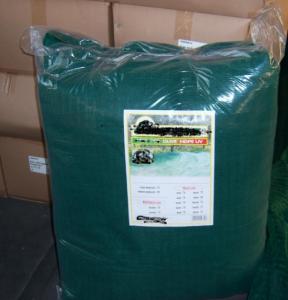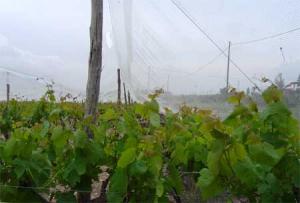Plastic Net Fabric Steel Geogrid 50-50KN
- Loading Port:
- China Main Port
- Payment Terms:
- TT OR LC
- Min Order Qty:
- -
- Supply Capability:
- -
OKorder Service Pledge
OKorder Financial Service
You Might Also Like
Characteristic:
Large strength, small creep deformation, suitable for various environmental soils, and satisfies the usage of large retaining wall used in the high-grade roadway.
Improve the interlocking and the occlusion of the reinforcement supporting surface, increase the bearing capacity of the groundsill considerably, restrict the lateral displacement of the soil body effectively, and strengthen the stability of the groundsill.
Compared with the traditional geo-grid, it owns the advantages of large strength, strong bearing capacity, erosion resistance, aging resistance, large coefficient of friction, average eyelet, convenient to construct, and long service life, etc.
It is more applied to the deep-sea work and the bank reinforcement. It solves the technical problems radically, such as the low strength, bad erosion resistance and short service life caused by erosion of the sea water.
Avoid the constructional damage efficiently of the traditional geo-grid caused by grinding and breaking in the construction.
Property indexes of the high-strength metal plastic BX geogrid
Item | GSZ30-30 | GSZ40-40 | GSZ50-50 | GSZ60-60 | GSZ80-80 | GSZ100-100 | GSZ150-150 | |
Tensile yield per linear meter≥(KN/m) | Vertical | 30 | 40 | 50 | 60 | 80 | 100 | 150 |
Horizontal | 30 | 40 | 50 | 60 | 80 | 100 | 150 | |
Tensile stretch≤(%) | Vertical | 3 | ||||||
Horizontal | 3 | |||||||
Drawing force in 2% tensile stretch≥(KN/m) | Vertical | 27 | 32 | 45 | 54 | 67 | 84 | 127 |
Horizontal | 27 | 32 | 45 | 54 | 67 | 84 | 127 | |
Width(m) | 6m | |||||||
- Q: How do plastic nets help in protecting fruit trees from birds?
- Plastic nets create a physical barrier that prevents birds from reaching the fruit trees, thus protecting the fruits from being eaten or damaged by birds.
- Q: Are plastic nets suitable for gardening?
- Yes, plastic nets are suitable for gardening as they can be used for various purposes such as supporting climbing plants, protecting crops from birds and pests, and creating trellises or fencing. Plastic nets are durable, lightweight, and resistant to weather conditions, making them a practical choice for gardeners. Additionally, they are often affordable and easy to install, making them a convenient option for gardening needs.
- Q: Are plastic nets resistant to tearing by animals?
- No, plastic nets are not typically resistant to tearing by animals.
- Q: Can plastic nets be used for packaging chemicals?
- Yes, plastic nets can be used for packaging chemicals. They provide a protective layer and prevent spillage or leakage during transportation or storage.
- Q: What industries use plastic nets?
- Several industries use plastic nets, including agriculture, fishing, packaging, construction, and sports.
- Q: Can plastic nets be used for packaging bakery products?
- Yes, plastic nets can be used for packaging bakery products. They provide excellent protection and visibility for the products while allowing air circulation to maintain freshness. Additionally, they are lightweight and cost-effective, making them a popular choice for bakery packaging.
- Q: Can plastic nets be used for insect control in agriculture?
- Yes, plastic nets can be used for insect control in agriculture. These nets are commonly used as a physical barrier to prevent insects from accessing crops, thereby reducing the need for chemical pesticides. They can effectively protect plants from insects while allowing air and sunlight to pass through, making them an environmentally friendly alternative for insect control in agriculture.
- Q: How do plastic nets provide protection against wind?
- Plastic nets provide protection against wind by acting as a barrier, reducing the force and velocity of the wind as it passes through the gaps between the net's mesh. This helps to minimize the impact of strong winds, preventing damage to plants, structures, or other vulnerable areas.
- Q: Are plastic nets commonly used in the construction of swimming pools?
- No, plastic nets are not commonly used in the construction of swimming pools.
- Q: How do plastic nets help in preventing soil erosion?
- Plastic nets help in preventing soil erosion by acting as a protective barrier that holds the soil in place, preventing it from being washed away by heavy rainfall or strong winds. The nets also promote the growth of vegetation by providing support to young plants and seeds, helping them establish roots and anchor the soil.
Send your message to us
Plastic Net Fabric Steel Geogrid 50-50KN
- Loading Port:
- China Main Port
- Payment Terms:
- TT OR LC
- Min Order Qty:
- -
- Supply Capability:
- -
OKorder Service Pledge
OKorder Financial Service
Similar products
Hot products
Hot Searches
Related keywords
